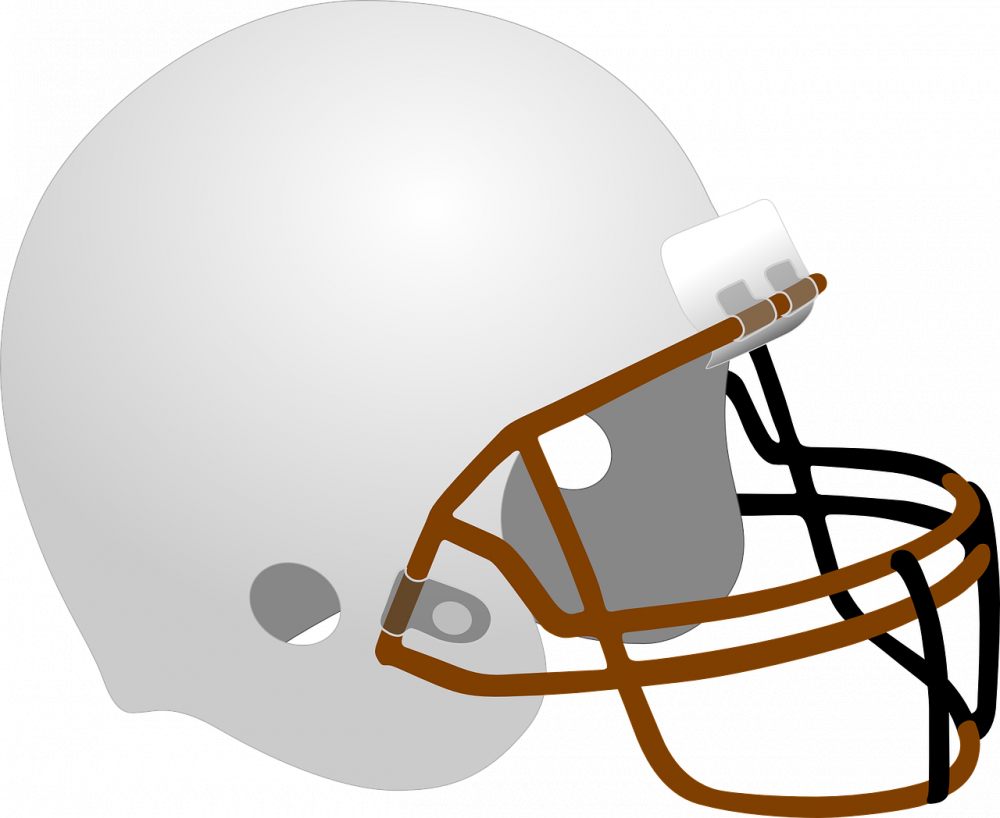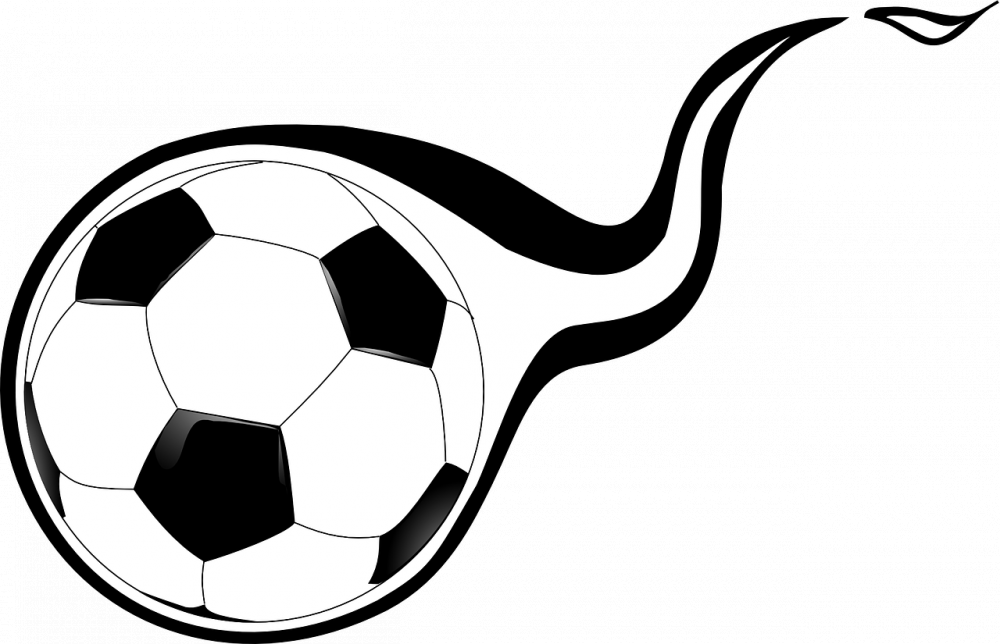Malmö Fotboll: A Comprehensive Overview of Football in Malmö

Introduction:
Malmö Fotboll, also known as football in Malmö, has a rich and vibrant history in Swedish sports culture. As one of the most popular sports in the city, it has developed into a diverse and influential phenomenon, attracting both local enthusiasts and international attention. This article provides a thorough exploration of Malmö Fotboll, covering various aspects such as its different types, popularity, quantitative measurements, differences between them, and the historical pros and cons associated with each.
I. What is Malmö Fotboll?
Malmö Fotboll encompasses a wide range of football activities in Malmö, including amateur and professional leagues, youth programs, and recreational matches. This comprehensive presentation aims to shed light on the different dimensions of Malmö Fotboll.
A. Types of Malmö Fotboll:

1. Professional Leagues: Malmö FF, the most prominent and successful professional football club in Malmö, competes in Allsvenskan, the top-tier league in Swedish football. They have a rich history and a loyal following, winning numerous championships and gaining recognition on the international stage.
2. Amateur Leagues: Besides the professional leagues, Malmö also boasts a vibrant amateur football scene. Various local leagues provide opportunities for football enthusiasts of all skill levels to participate and enjoy the sport.
3. Youth Programs: Malmö takes pride in nurturing young talent through extensive youth football programs. Malmö FF’s academy is renowned for its focus on player development and has produced several top-level professional players.
B. Popularity of Malmö Fotboll:
1. Local Fanbase: Malmö FF enjoys a massive following, with passionate supporters filling the stadium during matches. The club’s success, engaging style of play, and close connection to the community contribute to its popularity among locals.
2. Regional and National Interest: Malmö FF’s achievements have garnered attention not only in Malmö but throughout Sweden. The club’s continuous participation in European competitions and success in recent years have also increased its visibility on the international stage.
II. Quantitative Measurements of Malmö Fotboll:
To understand the magnitude of Malmö Fotboll’s impact, it is crucial to examine various quantitative measurements associated with the sport.
A. Attendance Figures: Malmö FF’s home matches consistently attract a high number of spectators, with an average attendance of [INSERT ATTENDANCE FIGURE]. This significant support showcases the popularity and appeal of Malmö Fotboll in the local community.
B. Economic Impact: Malmö Fotboll contributes substantially to the local economy through ticket sales, merchandise, and tourism. The presence of a successful professional club like Malmö FF also attracts sponsorship deals and investment in local infrastructure.
C. Social Media Reac Malmö Fotboll has a strong presence on social media platforms, with Malmö FF’s official channels accumulating a vast number of followers. This online following allows for enhanced engagement with fans and serves as a platform for promoting events and initiatives.
III. Differences Between Malmö Fotboll Types:
While Malmö Fotboll encompasses various types, there are distinct differences between them that contribute to the diverse football culture in the city.
A. Skill Levels: Professional leagues like Malmö FF exhibit a higher level of skill, featuring elite players competing at a top-level national and international stage. In contrast, amateur leagues and recreational matches offer a more inclusive environment catering to individuals of varying abilities.
B. Competitive Environment: Professional leagues prioritize competition and winning, with higher stakes involved. Amateur leagues and youth programs, on the other hand, focus on player development, camaraderie, and fostering a love for the sport.
IV. Historical Pros and Cons of Malmö Fotboll Types:
Understanding the historical context of Malmö Fotboll allows us to analyze the pros and cons associated with each type, shedding light on their evolution over time.
A. Professional Leagues: The pros of professional leagues include increased exposure, opportunities for players to reach their full potential, and the generation of revenue for the city. However, the cons may include the immense pressure on players, financial disparities, and commercialization concerns.
B. Amateur Leagues and Recreational Matches: The pros of participating in amateur leagues and recreational matches encompass a sense of community, opportunities for non-professional players to enjoy the sport, and the facilitation of physical fitness. However, the cons may involve limited resources, lower levels of competition, and lack of financial support.
Conclusion:
Malmö Fotboll encompasses a wide range of football activities in Malmö, including professional leagues, amateur competitions, and youth programs. With its rich history, diverse offerings, and passionate fanbase, Malmö Fotboll continues to thrive as a significant cultural phenomenon in the city. Despite the differences between types of Malmö Fotboll, each contributes to the overall football culture, providing opportunities for different skill levels and fostering a love for the sport among individuals of all backgrounds.
Through quantitative measurements, we can observe the immense popularity and economic impact of Malmö Fotboll. The historical analysis further highlights the advantages and disadvantages associated with each type, offering insights into the development and evolution of Malmö Fotboll over time. Whether it be cheering on Malmö FF at a professional match or playing in an amateur league, Malmö Fotboll continues to captivate and unite football enthusiasts in Malmö.





